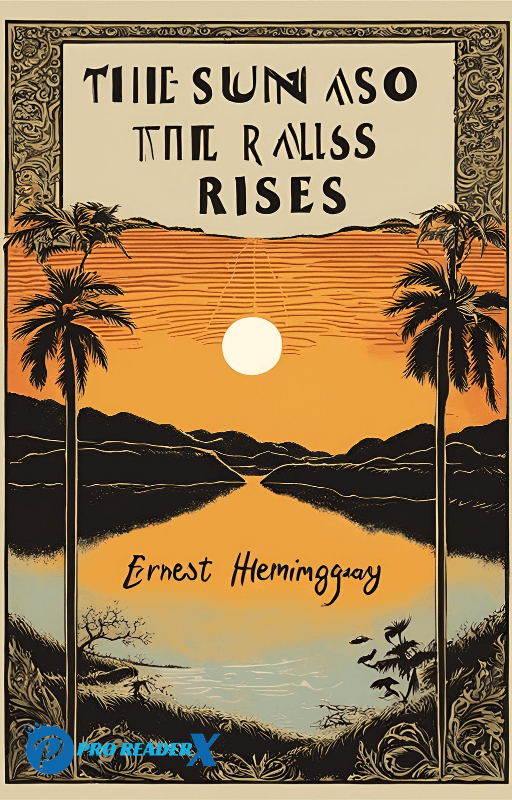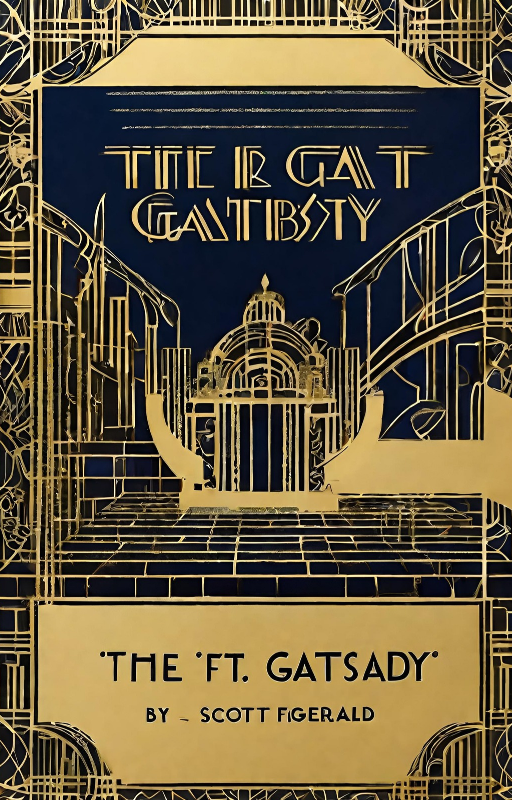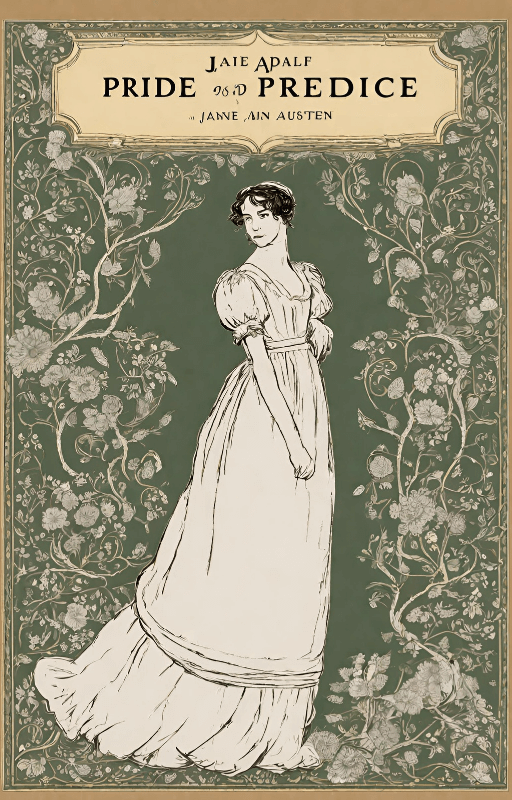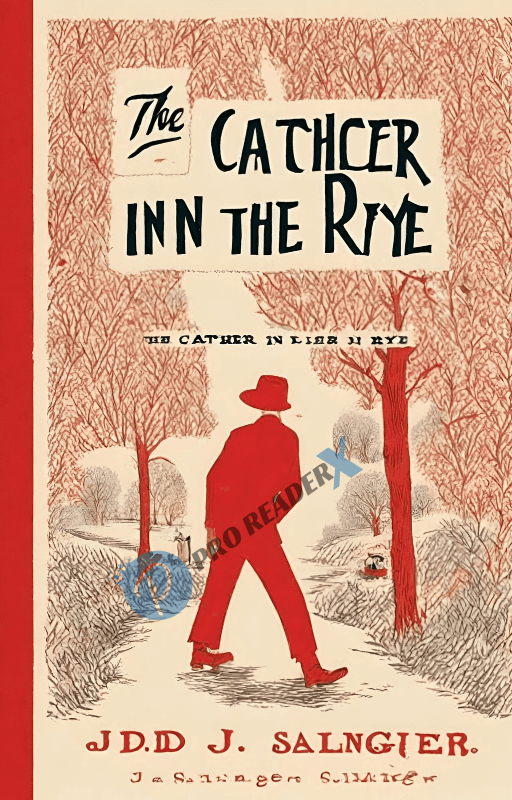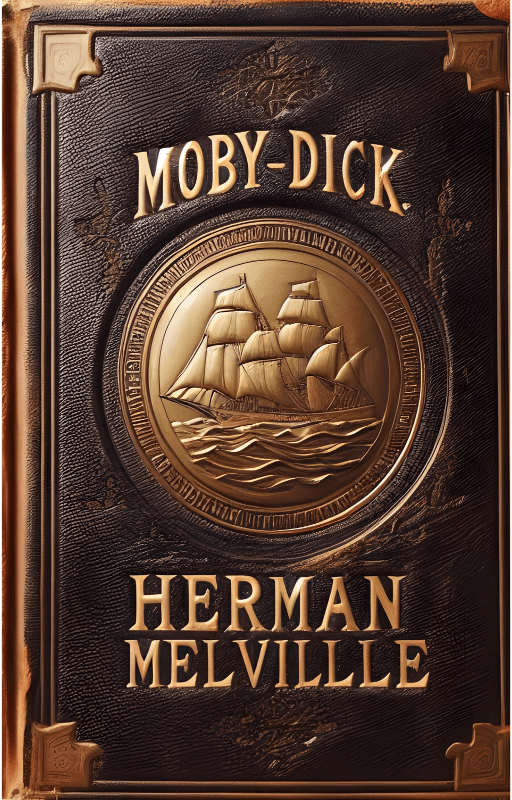Introduction
One of the all-time classic novels is “The Sun Also Rises” by Ernest Hemingway. This page discusses the epic’s engaging plot summary, complex characters, and lasting influence.
Background of the Author
Renowned for his vivid narrative and precise written word, Ernest Hemingway had a life as vibrant as his writings. His early years and his experiences in war-torn Europe had an enormous effect on Hemingway’s writing.
Early Life and Influences
Hemingway’s World War I experiences and childhood in Oak Park, Illinois, influenced his writing style and worldview. Later works, like “The Sun Also Rises,” drew on his experiences driving an ambulance in Italy during the war.
you can’t get away from yourself by moving from one place to another.
Overview of “The Sun Also Rises”
The aftermath of World War I disillusioned the Lost Generation, as “The Sun Also Rises” vividly depicts. The book chronicles a group of expats as they deal with existential anxiety, love, and grief against the backdrop of post-war Europe.
Plot Summary
The plot focuses on war veteran Jake Barnes’ stormy relationship with Lady Brett Ashley and his struggle with impotence. On their journey from Paris to Pamplona, the protagonists face their fears and find comfort in life’s fleeting joys.
Key Themes and Symbols
In his deft explorations of masculinity identity and the disillusionment of the Lost Generation, Hemingway. The book’s title, Originating in the Book of Ecclesiastes, is a moving metaphor for the characters’ pointless quest for purpose in the middle of chaos.
I can’t stand it to think my life is going so fast and I’m not really living it.
Character Analysis
The complexity of Hemingway’s characters reflects human nature.
Jake Barnes
Jake embodies the battle to make sense of his wartime physical and psychic injuries. His coldness belies a profound need for acceptance and community.
Lady Brett Ashley
Though Brett is the quintessential emancipated woman of the 1920s, her sensitivity and love hunger betray a more profound feeling of unease and despair.
Robert Cohn
The group outcast Cohn struggles with his Jewish identity and unfulfilled love for Brett. His trip is a warning about unmet dreams and misguided idealism.
Literary Style and Techniques
His spare language and subdued dialogue show Hemingway’s unique style.
Hemingway’s Writing Style
His spare use of words and meticulous attention to detail evoke a feeling of closeness and immediateness, drawing readers into the characters’ inner lives.
Use of Dialogue
Dialogue advances the story and reveals minute aspects of character and feeling. Hemingway uses short, meaningful conversations that allow readers to deduce underlying tensions and conflicts.
Symbolism and Imagery
Hemingway’s striking images transport readers to Spain’s sun-drenched landscapes and Pamplona’s bullfights. The story gains richness and intricacy via symbolism, including the bullfight as a metaphor for the difficulties of daily life.
Reception and Legacy
After being published to mixed reviews, “The Sun Also Rises” has now won praise from many for its classic depiction of the human predicament.
Contemporary Reviews
Readers appreciated Hemingway’s storytelling skills and his unvarnished depiction of post-war disenchantment. Nonetheless, some have taken issue with how gender and race are portrayed in the book.
Impact on Literature
Still foundational in American literature, “The Sun Also Rises” has impacted readers and authors for decades. Audiences worldwide are still drawn to its examination of existential concerns and nuanced characters.
Conclusion
Ultimately, Ernest Hemingway’s “The Sun Also Rises” remains a moving meditation on the human condition. Rich characters, vivid imagery, and ageless ideas keep readers enthralled, and the book inspires new generations of authors.
FAQs
Q1. Does “The Sun Also Rises” draw on any of Hemingway’s experiences?
Though Hemingway was influenced by his own life and experiences, “The Sun Also Rises” is fiction. Still, much of the book is based on his views and contacts with the expat population in post-war Europe.
Q2. What does “The Sun Also Rises” mean?
The title uses a line from the Book of Ecclesiastes, highlighting life’s cyclical aspect and the human spirit’s tenacity. It reminds us that despite all we go through, there is always hope for restoration and atonement.
Q3. In the book, what major themes are covered?
The story is replete with themes of love, grief, disappointment, and the quest for purpose. Hemingway explores identity, manhood, and how war affects people and society.
Q4. How does Hemingway’s writing style contribute to the book’s effect?
Because of the immediacy and realism of Hemingway’s simple language and subtle dialogue, readers can relate viscerally to the characters’ hardships. The story gains depth and complexity through his use of symbolism and imagery, which also encourages readers to consider the story’s more profound implications.
Q5. What distinguishes “The Sun Also Rises” from other books published today?
In depicting post-war disenchantment and honestly examining forbidden topics like impotence and promiscuity, “The Sun Also Rises” established new ground. Hemingway’s unvarnished honesty and understated manner upended accepted literary conventions and opened the door for a new modernist literary period.
